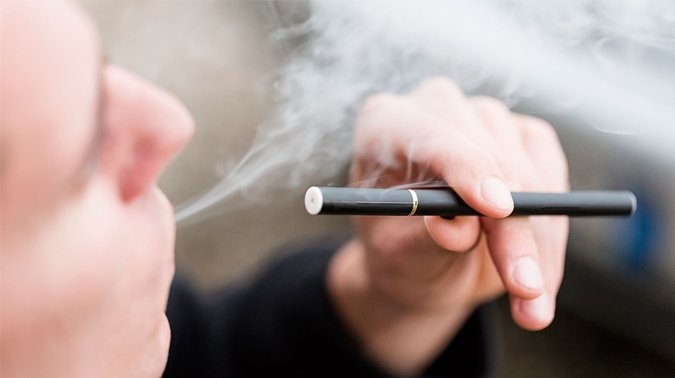Glycerin and Glycol in Vape – Non-Toxic. Vape liquid has many names like Vape Juice or E-liquid.
This Vape liquid has mainly four ingredients in it.
In today’s article, our main focus would be the Vegetable Glycerin and Propylene Glycol, because many people confuse these two substances with incredibly toxic chemicals, while they are not toxic at all.
Although we are focusing on these two ingredients, the four main ingredients in a Nicotine Vape Juice are:
- Vegetable Glycerin
- Propylene Glycol
- Flavorings
- Nicotine
Vape juice or e-liquid is a fluid that is used to fill an E-cigarette or a Vape.
This liquid can have nicotine as well but if the consumer would rather have it without nicotine than you can purchase that as well from here.
The vape juice is heated in the Vape to make a vapor of the juice which is then inhaled by the consumer.
Starting with the first ingredient:
VEGETABLE GLYCERIN:
- Vegetable glycerin also can be known as VG or Glycerol, is basically a transparent and viscous liquid commonly obtained from trees and plants like soybean or palm tree. There can also be Animal Glycerin or Glycerol but that is very rare in Vape.
- The general public tends to confuse Vegetable Glycerin with average vegetable oil but Glycerol is very different from common vegetable oil. While vegetable oil cannot be dissolved in water, glycerol is water-soluble.
- Vegetable Glycerin or VG is authorized by the FDA (Food and Drug Administration) as a “commonly identified as safe” substance for human ingestion. Nevertheless, the side effects of inhaling VG are still unknown.
Uses
The VG is commonly used in the food industry as a sort of sweetener because of the slightly sweet taste it offers as an aftertaste. Vegetable Glycerin can also be used as a food additive to preserve moisture, to help the food to thicken and homogenize many other ingredients.
PROPYLENE GLYCOL:
- Propylene Glycol is also transparent but while VG is likely to have a sweet smell, Propylene Glycol doesn’t have any odor and is obtained from petroleum with a slightly sweeter taste.
- Propylene Glycol is very syrupy and thick in texture but is much liquidy then Vegetable Glycerin.
- Propylene Glycol is often mixed with a very toxic compound which is found in antifreeze known as, Ethylene Glycol. Because of this high toxicity of ethylene glycol, many companies are now utilizing Propylene Glycol instead as it is much safer. Propylene Glycol is a substance that can be used for both humans and animals and is not toxic while Ethylene Glycol has to be handled very cautiously.
- Propylene glycol is a safe substance which is also approved by the Food and Drug Administration or FDA for human and animal ingestion but the long-term effects of PG are not yet obtained.
Uses
Propylene Glycol, just like VG, is normally used as a food additive because it also has food preservation properties and making the ingredients thicker in texture and bonds well with many other ingredients because of the slightly sweet taste that it offers.
At the end of this article, I hope you have learned that Vegetable Glycerin and Propylene Glycol are not toxic chemicals and can be used in small amounts safely.
